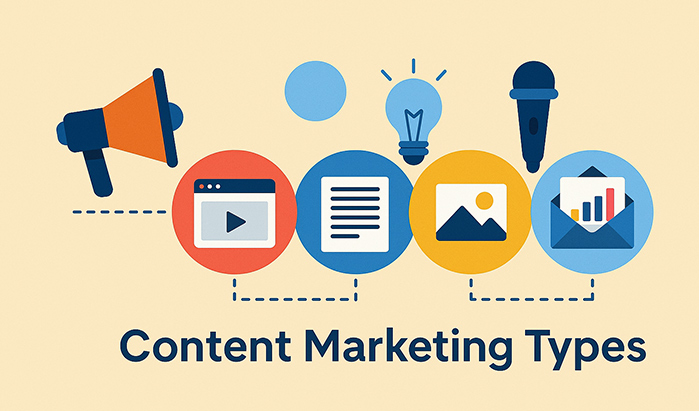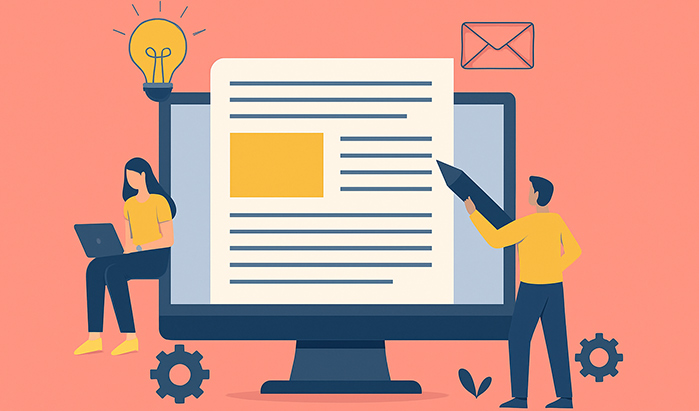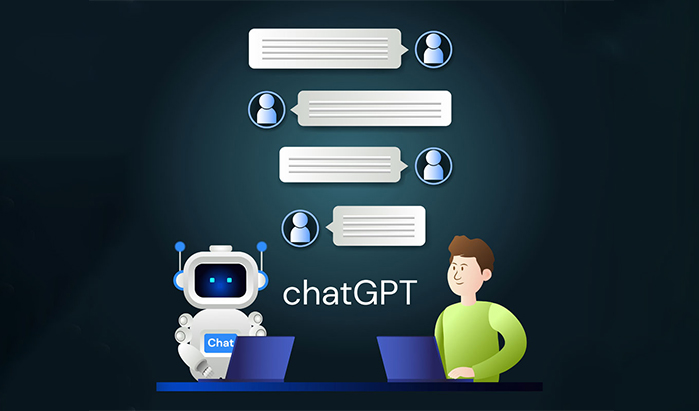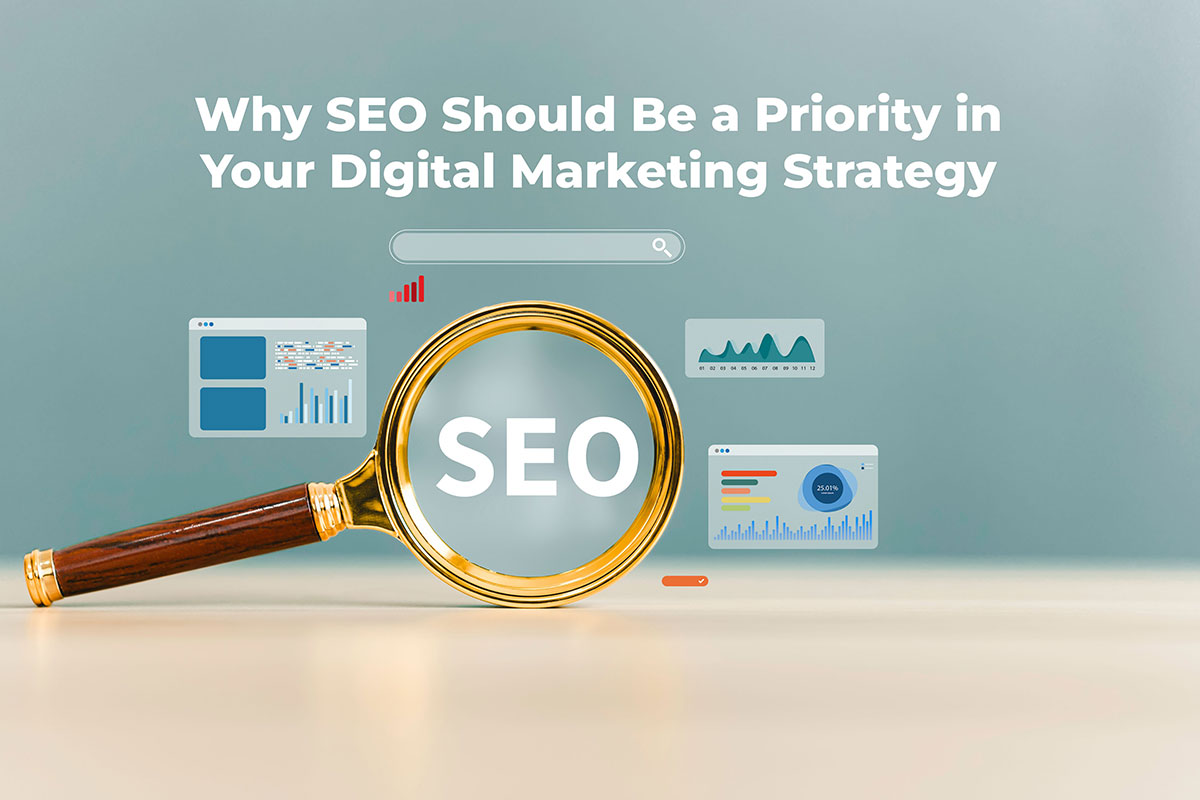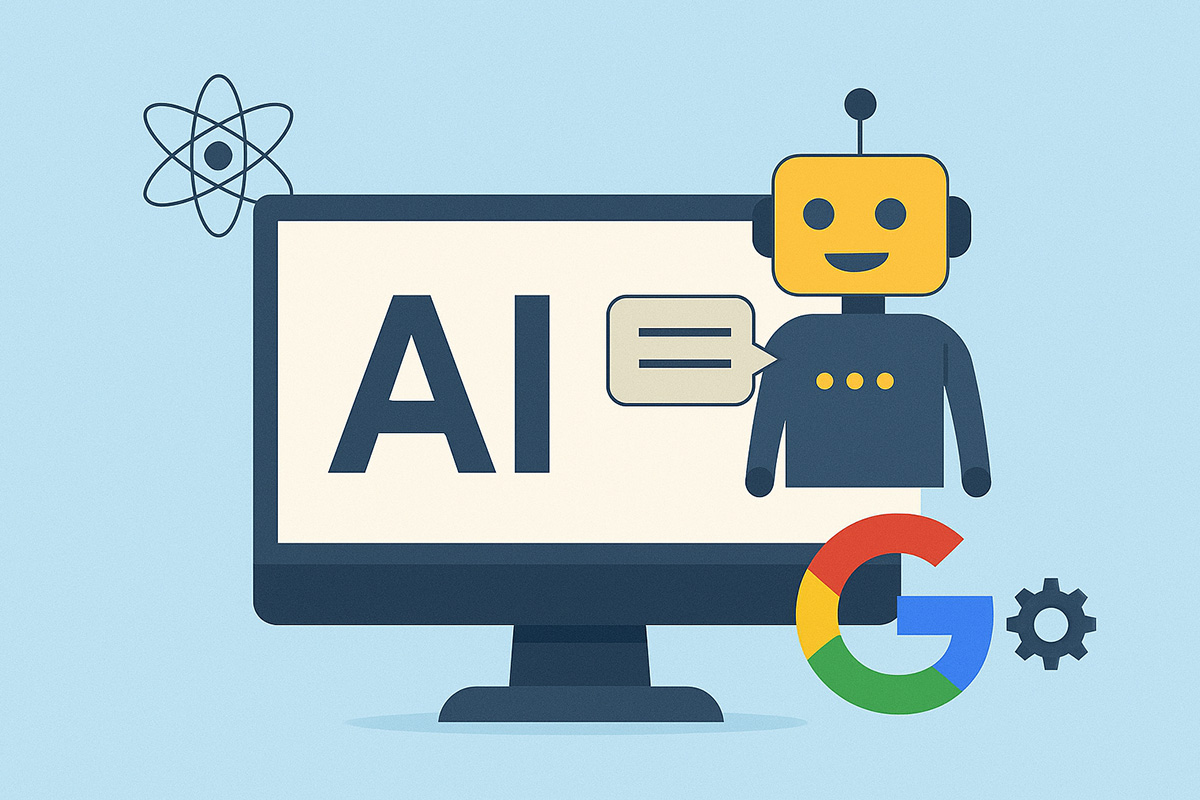Home / Blogs / How to Use Google AI Mode to Boost Your Content Strategy in 2025
How to Use Google AI Mode to Boost Your Content Strategy in 2025
.png) Digital Marketing
Digital Marketing
There’s a shift in how AI Mode processes different types of media. It now recognises and interprets tables, images, charts, and even videos along with text. These formats may be shown in summaries, helping users absorb content faster. Including elements like screenshots, infographics, or brief videos could make your content more visible, particularly in how-to articles or comparison-style pages.
What Is Google AI Mode
As of 2025, Google AI Mode is changing how people handle search. Rather than just listing web pages, it delivers immediate, conversation-style answers through its Gemini 2.5 Pro AI system. These responses tackle complex questions on the spot, often pulling details from various sources within the results page.
This shift affects both SEO specialists and content creators. Your work may now be read directly in search results instead of getting clicked. For that reason, your content needs to offer clear structure, real usefulness, and semantic clarity to stay competitive.
Fact: AI Mode uses something called query fan-out, where it breaks a user’s question into smaller parts and answers them all in one place.
Why It Matters for Online Content Participation
AI Mode’s capabilities don’t stop at the screen. It now interacts with the real world too. One of its functions allows it to place phone calls on behalf of the user. If someone looks up “best pet groomer near me,” for instance, AI Mode can call several places, gather availability and prices, then return a short summary.
That’s where Google Duplex comes in. It acts as a voice assistant, speaking naturally to local businesses in real time to pull in accurate data. This means content isn't just staying online but it’s participating in real-world scenarios assisted by AI.
In Latest News: Google AI Mode can now pull summaries from actual phone conversations it conducts with local companies.
Rise of Deepsearch Features in Answer Engines
The Deep Search feature marks another major step forward. This function allows the AI to read long-form pieces—guides, blogs, technical papers—and surface important takeaways, even from content that doesn’t appear on page one.
That creates an opportunity for content creators who invest in writing detailed, valuable material. AI Mode tends to highlight content that is rich, specific, and maintains a clear internal flow.
Tech Alert: With Deep Search, the AI can understand complex documents and extract information across sections of a page.
What Google AI Mode Appears to Prioritise
Google hasn’t officially published any “rules” for ranking in AI Mode, but observed patterns show a few clear preferences. Clarity, readability, and user-focused language seem to carry more weight than old-school keyword stuffing.
Pages with logical formatting:
- Headlines
- Bullet lists or snippets
- Structured tags
They are more likely to appear in AI-generated responses. What matters most is delivering answers quickly and clearly so users don’t need to dig.
TBT: Google’s large language models rely more on structural clarity than keyword density when parsing a page.
Did you know: Even lower-ranked pages sometimes surface if their layout and usefulness meet AI Mode’s standards.
5 Content Strategy Adjustments Worth Making in 2025
TLDR:
Based on industry testing and reports, here are features AI Mode often favours:
- Proper use of headings like H2s and H3s
- Use of schema types such as FAQPage or HowTo
- Fresh content that reflects the current year
- Groups of related articles clustered together
- Fast loading speed on mobile devices
- Trustworthy and accurate writing
Pages that follow these guidelines are frequently cited by the AI, even if they don’t appear near the top of traditional search rankings.
Let us take a deeper look at each of these:
- Use Schema Markup to Enhance Context
- Adding schema markup helps Google figure out what your content represents.
- By including formats like FAQPage, Article, or HowTo, you increase the odds that AI Mode will pull your content into its summaries.
- Tools like Yoast or Rank Math can help implement schema easily, and Google’s Rich Results Test can verify if it’s working correctly.
- These changes can make a big difference on list-based or Q&A content.
Quick Tip: Pages with proper schema are significantly more likely to be included in featured snippets and AI-generated results.
- Target Real User Questions in Your Headings
- Since AI Mode is built to answer questions, it works well with natural-sounding headings like “How do I optimise content for AI Mode?”
- Follow those with short, direct answers underneath. This mirrors how the Gemini model interprets intent and assembles answers.
- The method works particularly well in FAQs and structured guides.
Insight: When headings match actual user questions, the AI is more likely to include them in search with a source link.
- Refresh Evergreen Content with New Data
- Old content can still perform, but AI Mode tends to elevate recently updated pages.
- You can refresh evergreen posts by adding new statistics, improved visuals, and better formatting.
- Also, revisit your metadata, structured tags, and internal links. Sometimes even small updates can influence how AI interprets your page.
Quick Tip: AI Mode looks at how current the content is, especially for fast-changing areas like digital marketing and technology.
- Build Interlinked Topical Clusters, Not One-Off Blogs
Instead of standalone blogs, aim to develop content clusters around a single topic. For example, you might write several articles focused on SEO for AI or content strategy for 2025, and connect them with internal links.
This structure helps AI Mode understand your site’s content in context and increases the chance of multiple pages surfacing in different search queries.
Did you know: Strong internal linking helps Google AI make sense of the relationships between topics on your site.
- Enrich Pages with Visuals, Videos, and Infographics
Because AI Mode now understands images, adding visual content helps boost how your page is summarised.
Things like screenshots, tutorials, or comparison graphics should include alt text and captions to provide context.
These types of assets are especially valuable in instructional or product-related content where visual explanation improves clarity.
Insight: When visuals have well-written alt text, AI treats them as structured information instead of decoration.
To learn more about how LLMs read content, read our detailed blog on the topic.
How to Monitor AI Mode Visibility in 2025
There’s no separate reporting channel for AI Mode yet, but a few tools can help you track indirect effects.
Google Search Console is a good place to start. Look for impression spikes on long-tail, question-based search terms. These patterns often signal exposure through AI summaries, even if your click rate drops.
To go deeper, try using:
- Google Search Console—Watch for long-tail impression spikes
- Search Labs—Preview how your pages appear in AI Overviews
- AlsoAsked—Discover related questions AI Mode may surface
- Glimpse—Spot fast-rising intent trends and breakout queries
- RankRanger —Track AI Mode and SERP feature shifts
Watch For: AI Mode often raises impressions but doesn’t always result in clicks, since users get answers directly on the search page.
What’s Still Unclear About AI Mode
Even with recent developments, there’s still uncertainty around some of AI Mode’s mechanics. There are no tools that show exactly when your content is included, and new features are rolling out regularly.
Questions still remain:
- Will Google eventually provide visibility data for AI Overviews?
- How will sponsored responses influence organic visibility?
- Can businesses shape how their brand is presented in AI summaries?
What we do know is that adaptable, easy-to-understand, and credible content continues to be favored.
Straight from Google: Google has mentioned that future Search Console updates might include AI citation data, though no date has been announced.
Conclusion: Don’t Chase the Algorithm, Serve the User
Trying to beat AI Mode isn’t the goal. Instead, it’s a reason to focus on what good content has always aimed to do: offer real value, speak clearly, and respect the reader’s time.
If your content delivers helpful answers, stays current, and is laid out in a clear and readable way, it remains discoverable. That applies across both traditional rankings and new AI-generated results.
Our Take: The qualities that help your audience, i.e., clarity, structure, and depth, are now the same ones that make your content stand out in AI-driven search. If you are still wondering, is AI changing SEO for good, and how should my brand keep up? Get in touch with our team at Verve Media and boost your content strategy in 2025.
FAQs
- How can I start using AI Mode?
To get started with Google AI Mode, open Search Labs through the Google app or Chrome browser. Availability may vary by region right now. Once it’s enabled, AI-generated responses will appear directly in your search results. There’s nothing to install, and the feature runs automatically while you explore search pages.
- How does AI Mode improve content creation?
AI Mode brings more attention to how well content is organised and how clearly it answers real questions.
For content creators, this means putting more thought into layout, using visuals like charts or images, and writing in a way that makes sense to both people and large language models (LLMs). It helps shape a more practical AI-driven content strategy.
- Can AI Mode assist with SEO?
It can. Especially if your SEO optimisation follows AI-friendly formats. AI Mode often pulls structured content into summaries, even when that page isn’t ranked first. Businesses working with an SEO agency or digital marketing agency can improve their chances by using schema markup, clean headings, and FAQs that match user intent.
- Do I need technical skills to use AI Mode?
No technical skills are needed to turn it on. But if you're aiming to improve your content for AI-powered search, tools like Yoast SEO, Rank Math, or schema plugins can make the job easier. These tools help you follow SEO best practices without digging into code or relying on developer support.
- What is Google AI Mode?
Google AI Mode is a new search experience powered by Gemini 2.5 Pro. Instead of just showing links, it gives conversational answers pulled from across the web. It breaks questions into smaller parts using query fan-out to deliver fuller responses.
- How does Google AI Mode affect SEO?
It rewards structure over stuffing. Pages with clear formatting, schema, and intent-focused writing are more likely to be featured. Keyword-heavy content without context often gets ignored.
- What content formats work best for AI search visibility?
Use formats that are simple to scan and understand:- FAQ or HowTo schema
- Question-based headings
- Q&A-style layout
- Images with alt text
These make it easier for AI to pull and summarise your content
- How can I track if my site appears in AI Mode?
There’s no AI Mode report yet, but you can:- Preview results in Search Labs
- Watch long-tail query trends in Search Console
- Use AlsoAsked, Glimpse, or RankRanger for deeper insights
Note: Impressions may go up even if clicks go down.
- Should I optimise old content for AI Mode?
Yes. Add new data, fix formatting, update metadata, and include schema basically SEO Optimisation with AI. Break up long text into shorter, scannable parts. These updates help older posts stay visible in AI summaries. A SEO agency in Mumbai like Verve Media can help you stay on track.
- What kind of questions is Google AI Mode really answering?
It handles clear, real-world questions like:- “How do I optimise content for AI summaries?”
- “Does schema help visibility?”
- “Why are impressions rising but traffic falling?”
Write these naturally into your headings and answer them directly.
- Will Google release AI-specific reporting in Search Console?
Not yet. AI data is currently part of the "Web" section. Google has mentioned plans for future reporting tools, but no date has been confirmed.
- Does Google AI Mode reduce traffic to websites?
Sometimes. Users may get answers in the search results and not click through. Still, if your content is cited, you’re gaining exposure and credibility, even without the visit.
- What’s the best way to future-proof my content for AI-driven search?
Write clearly, answer questions directly, use schema, update regularly, and interlink related posts. The easier your content is to understand, the more likely AI is to use it. Or else get in touch with an AI SEO services provider in Mumbai like ours to future-proof your content strategy.

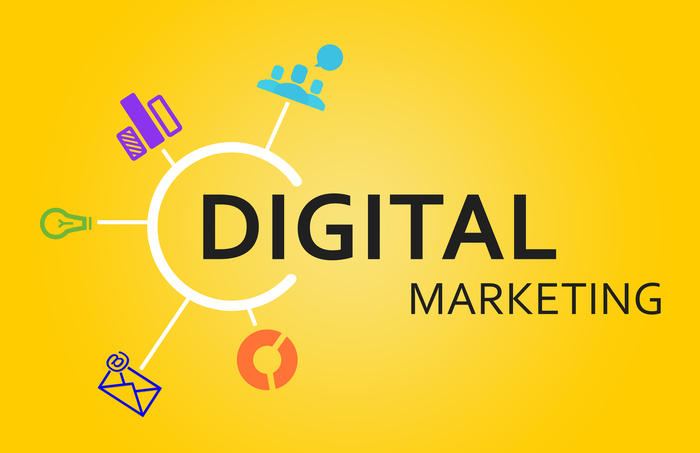

.jpg)










